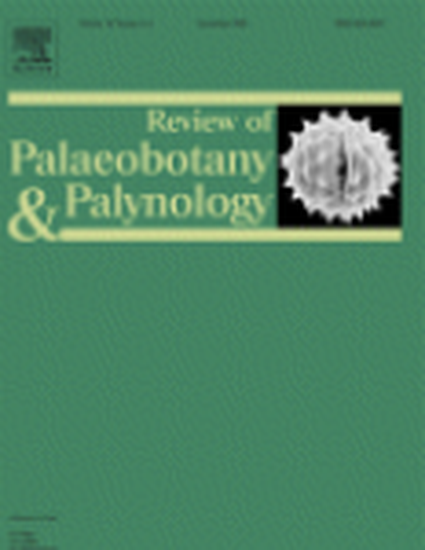
Article
Phytolith types and type-frequencies in native and introduced species of the sagebrush steppe and pinyon-juniper woodlands of the Great Basin, USA
Review of Palaeobotany and Palynology
(2009)
Abstract
This study catalogued phytolith morphotypes and production of common native and introduced flora from two primary plant community types in the Great Basin Desert region of the USA - sagebrush steppe and pinyon-juniper woodlands. The reference collection for this study included 143 species from 40 plant families, including 68 introduced and 75 native plants. We examined 96 forbs, 33 grasses, sedges and rushes as well as 14 trees and shrubs. The phytolith morphotypes of more than 100 of these species were previously not described. We found that about 51% of the plants produced none or only trace amounts of phytoliths, while the remaining 49% had common to abundant production. All the grass species produced abundant phytoliths. Morphotype and frequency of phytolith production differed between native and introduced grass species...
Disciplines
Publication Date
November, 2009
DOI
https://doi.org/10.1016/j.revpalbo.2009.06.007
Citation Information
Fred A. Baker. "Phytolith types and type-frequencies in native and introduced species of the sagebrush steppe and pinyon-juniper woodlands of the Great Basin, USA" Review of Palaeobotany and Palynology Vol. 157 Iss. 3/4 (2009) p. 339 - 357 Available at: http://works.bepress.com/fred_baker/23/
